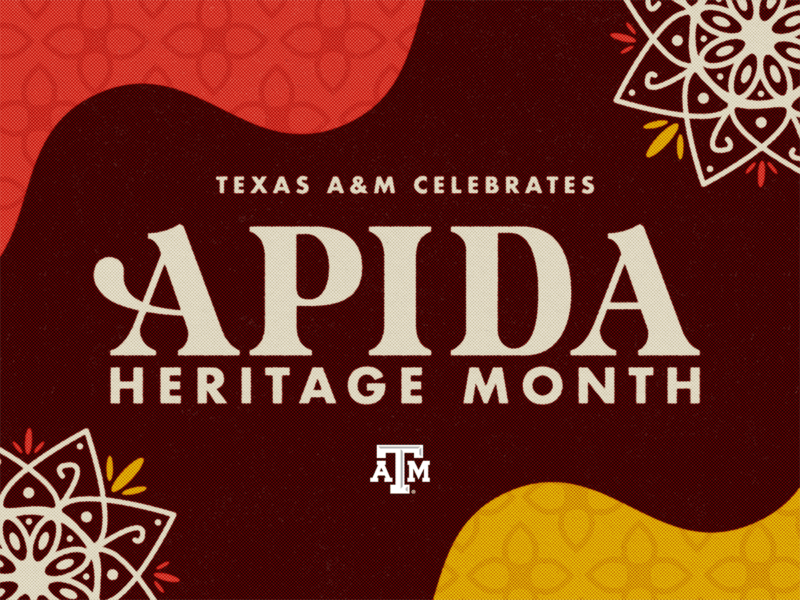Liberal Arts Prof Mike Waters Is A True Newsmaker
One thing Texas A&M University anthropology professor Mike Waters has learned through the years is this: if you have a good story to tell, the world will want to hear about it.
That nugget of advice comes from someone who should know. When the media needs to dig up a story, so to speak, Waters is often the man for the job. In the past several years, he has become the focus of hundreds of media interviews for his quite literal groundbreaking work on when the first settlers arrived in Texas. By uncovering artifacts from a remote area near Austin known as the Friedkin site, Waters learned that the first settlers came about 2,500 years earlier than previously believed – meaning they came at least 15,000 years ago, and his work was detailed in a major Science magazine article.

Several months later, Waters’ research confirmed evidence that hunters were present in Washington State at least 800 years earlier than Clovis people, who were previously believed to be the first to populate North America. In addition, he is actively involved in restoring Camp Hearne, which was the largest World War II prisoner-of-war camp in Texas and one of the largest in the country, and his book Lone Star Stalag is considered the most complete history of the site located outside the nearby city of Hearne.
For these and other efforts, Waters has been named the 2012 recipient of Texas A&M’s Newsmaker Image Award, presented annually by the Division of Marketing and Communications.
The award goes to a faculty member who has “gone the extra mile” in assisting Texas A&M with its media efforts and for helping to promote a positive image of the university by demonstrating the highest ideals and goals of the institution.
Previous winners of the Texas A&M Newsmaker Image Award include John Moroney, professor of economics; Bonnie Beaver, professor of veterinary medicine; and Dean Bresciani, former vice president for Student Affairs. Also, group awards were presented to members of the College of Architecture’s Hazard Recovery and Reduction Center and to five entities (Department of Oceanography, Texas Sea Grant College Program, Geochemical and Environmental Research Group (GERG), The Harte Research Institute for Gulf of Mexico Studies at Texas A&M University-Corpus Christi and Texas A&M University at Galveston) for their efforts in responding to the 2010 Gulf oil spill.
Last year’s winner was John Nielsen-Gammon, professor of atmospheric sciences and State Climatologist, who handled hundreds of media requests during the historic 2011 Texas drought.
“Dr. Waters has received national and international media coverage in the past year for his discoveries, and he is always accommodating to the media and never says no to a media request,” says Jason Cook, vice president for marketing and communication, in presenting the Newsmaker Award to Waters.
“He’s always sees to it that students are involved at research sites as much as possible because he knows this can be a great learning experience for them. He’s a great asset to Texas A&M and is certainly very deserving of this award.”
Waters says he’s more than happy to help the media for several reasons.
“First, I believe we as faculty have an obligation to share what we have learned in our research,” he says.
“After all, the public is usually funding our projects through such groups as the National Science Foundation and others. So the taxpayers are providing us with lab space and the time and materials we need.
“And also, we are in the knowledge business and we should try to convey what we have discovered, either in the classroom or to the general public. If people want to know about my research, I think it is my duty to tell them about it. And too, I think news stories get young people excited about discovery and science. News stories about what we do might inspire a young person.”
Waters says that during the past year, he has been interviewed by all the major news outlets, such as CNN, FOX News, the New York Times, MSNBC, the Washington Post and Houston Chronicle and numerous others. “Any time you get an interview request from the New York Times, that is a big deal,” he confirms.
“I also enjoyed doing some of the radio interviews, such as with the BBC folks, and NPR (National Public Radio) and even German Public Radio. All of those have a huge worldwide audience to help get the message out.”
Any tips for other faculty members who might get besieged by media requests?
“I think the trick is to try to tell your story in a way that is as clear and concise as possible,” he notes. “You want to tell what you have done in a way that people can understand, as if you were talking directly to a freshman in an introductory class. At least that has worked for me.”
Several hundred news clips proves he is right on target.
Media contact: Keith Randall, Texas A&M News & Information Services.





